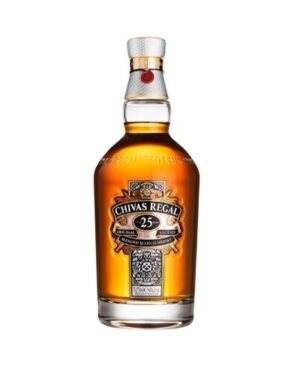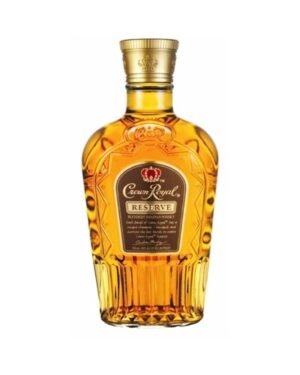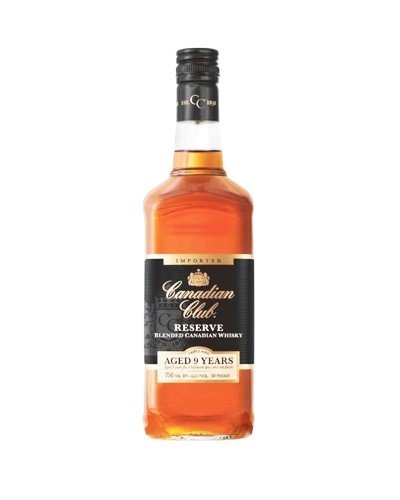About Crown Royal Northern Harvest Rye Whisky
In 1939, King George VI and Queen Elizabeth made history when they became the first reigning monarchs to journey across North America, traveling the distance by train. Prior to their arrival, a local entrepreneur set out to craft a whisky that the King and Queen could enjoy in the privacy of their rail car. After sampling over 600 different blends of whisky, and scouring through hundreds of different types of glass, labels and bottles, the entrepreneur created what he believed to be the perfect whisky and called it Crown Royal. At the beginning of their journey, the King and Queen were gifted ten cases of the whisky from Canada to enjoy on their journey.
In early 2015, Crown Royal added to its growing collection of whiskies with the release of Crown Royal Northern Harvest Rye Whisky. Made from a mash of 90% rye grains, Northern Harvest Rye is actually Crown Royal’s first-ever rye whisky. (While Canadian whiskies typically contain some rye in the mash, few contain the 50%+ needed to be classified as a rye whisky in the United States.)
Crown Royal Northern Harvest Rye Whisky is made from Canadian rye grain, certified by the #1 Canadian Western. The rye is planted in the fall, and sprouts until blanketed by soft winter snow. After the snow melts, the rye completes its growth, maturing over the spring and summer, and yielding a perfectly smooth rye grain for whisky.
The whisky is unusually fruity for a rye, with an aroma of apple pie, cereal and mild spices. The aroma gives way to an extraordinarily smooth flavor profile, with more apple, custard and caramel, while the typical rye spiciness picks up. The finished is well-balanced, smooth and creamy.
Try a new Canadian rye whisky today!
About Whisk(e)y
Whiskey origin dates back to Ireland more than 600 years ago and has become the fastest-growing spirit category on the planet since then.
It is produced worldwide from scotch, Irish whiskey, bourbon, rye, Japanese whisky, and other types. Each has a distinct flavor profile due to numerous factors from different types of climate, ingredients, distilling methods, and the aging process.












